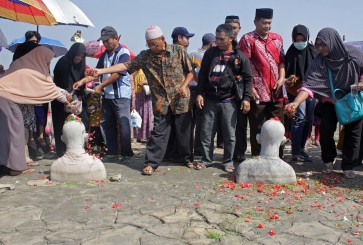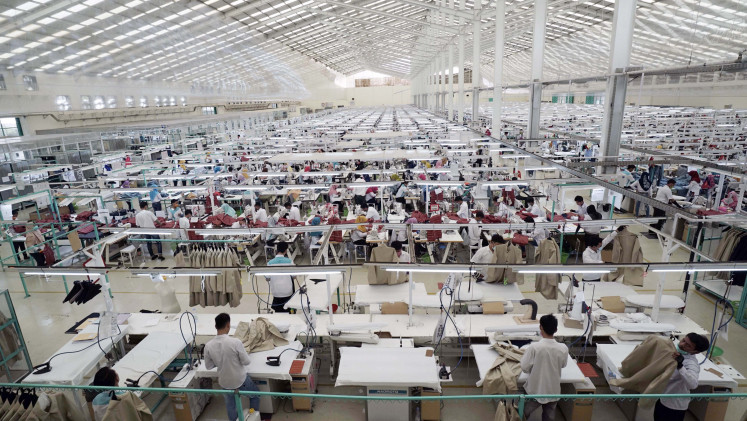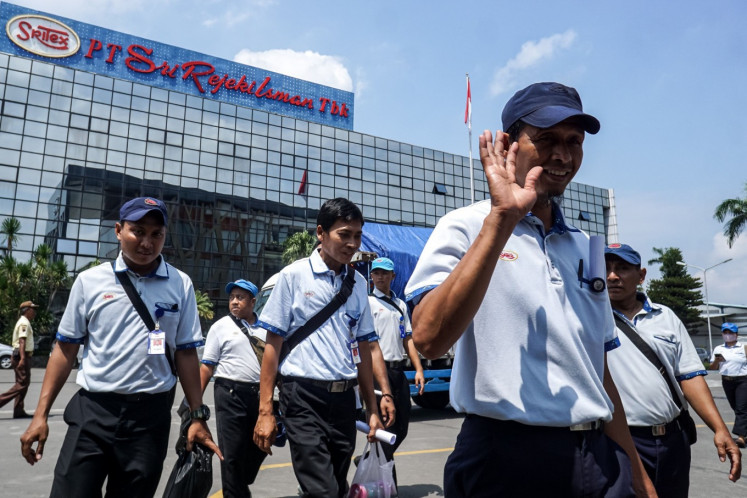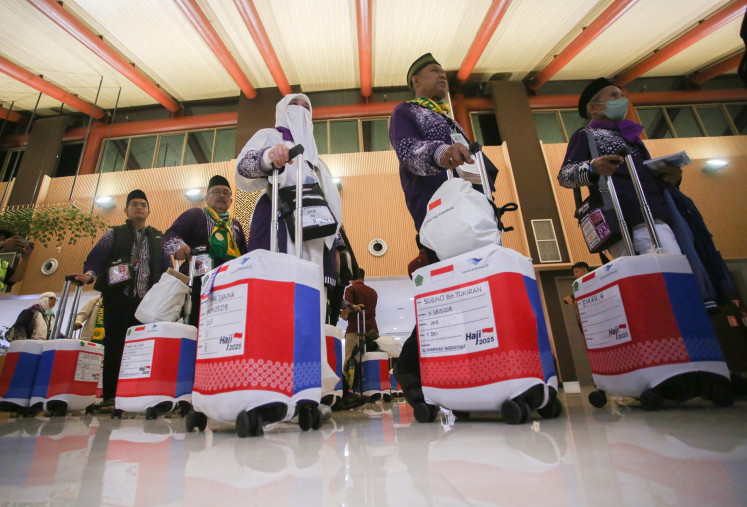Managing Sumatra's rainforest heritage through integrated landscapes
The Tropical Rainforest Heritage of Sumatra (TRHS) has been inscribed in the Natural World Heritage list in 2004 by World Heritage Committee (WHC)-UNESCO for its unique natural beauty, the importance of its habitats for the conservation of endemic species and the significant role of its ongoing ecological and biological processes in its ecosystems to the global landscape
Change text size
Gift Premium Articles
to Anyone

T
he Tropical Rainforest Heritage of Sumatra (TRHS) has been inscribed in the Natural World Heritage list in 2004 by World Heritage Committee (WHC)-UNESCO for its unique natural beauty, the importance of its habitats for the conservation of endemic species and the significant role of its ongoing ecological and biological processes in its ecosystems to the global landscape.
The TRHS comprises three widely separated National Parks (NP); Gunung Leuser, Kerinci Seblat and Bukit Barisan Selatan. They cover a total area of 2.5 million hectares, constituting one of the biggest conservation areas in Southeast Asia.
The main threats to the TRHS' integrity are deforestation and encroachment of NP areas due to the expansion of monocultures (oil palm, rubber, coffee, etc.) and infrastructure development. Encroachment is often compounded by other problems such as illegal logging and poaching.
In the meantime, problems have become entrenched due to the economic and political interests associated with the use of resources within park boundaries. These continuous threats led to the inscription of the TRHS in the 'in-danger' list of World Heritage by the WHC in 2011.
NP management authority lies with the central government; this has led to general misperceptions both by NPs or local governments.
The latter often feel that NP management is clearly beyond their remit, while NPs often overlook the roles of district and provincial governments as important stakeholders at the regional level. They are not obliged to involve local governments in planning, monitoring and evaluation.
By omitting the role of local governments, NP management becomes exclusive; it is like a kingdom within a kingdom. As a result, local governments do not take care of NP problems.
They even respect squatters by providing grants, schools and other public facilities and acknowledge the encroached areas as villages.
On the other hand the impact of district partitions (pemekaran) and development during the
reformasi era has increased demand for land for infrastructure development, settlement areas and agriculture.
Due to a lack of vision in valuing nature, the local governments often perceive the existence of NPs as hampering regional development.
They often complain that large parts of their districts are composed of NP areas, which are beyond their access and control.
To speed up regional economic development, local governments stimulate large-scale investment in natural resource utilization leading to pressing demands to amend state forest status into non-forested land use (APL).
NPs have used a range of strategies to counter encroachment: enforcement by patrolling; community development; and restoration of encroached areas.
None of these has been very successful, due to the small scale at which they were carried out. Establishing a presence in the form of NP staff as a cheap and effective measure to prevent encroachment in its very early stages was difficult to implement due to the limited incentives for staff.
Managing the TRHS based on integrated landscape approaches holds the key to solving these competing claims for land problems. NP areas and other types of land should be addressed as an integrated landscape to be managed on the basis of sustainable land-use planning, with due regard for the balance between natural ecosystems and socio-cultural, economic and political aspects.
To achieve that, NP management should not operate in isolation from other development agents. It should promote communication among various stakeholders to resolve conflicting plans and agendas among different agencies.
To solve the heavy population pressure of indigenous or migrant communities on land resources surrounding NPs, NP managements could develop social or community forestry schemes in the Special
Use Zones of NPs, also allowing local communities to collect non-timber forest products and managing NP environmental services (water, ecotourism).
The TRHS management planning should not be conducted at the NP management unit level but should be at the landscape (provincial) level, as this implies the need for collaborative work with relevant government agencies at the regional level that are well-aligned with eco-regional management principles as mandated by Law No. 32/1999 on regional governance.
____________________
The local governments often perceive the existence of NPs as hampering regional development.
____________________
The writer is director of Tropenbos International Indonesia Program.









